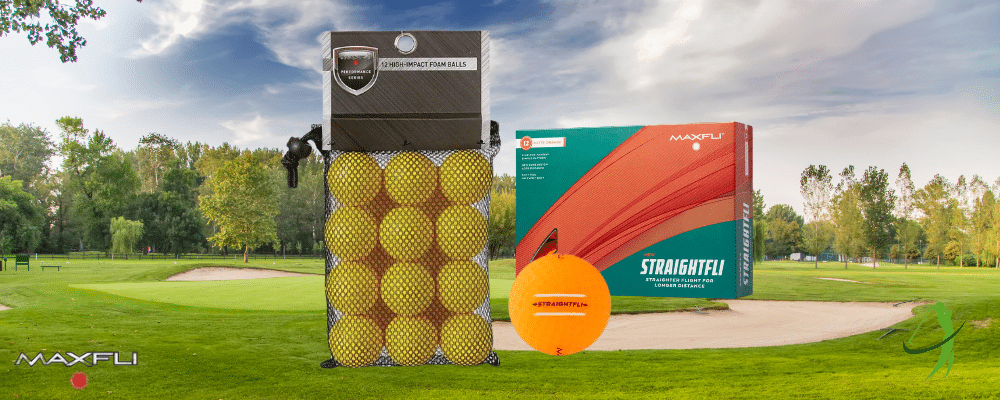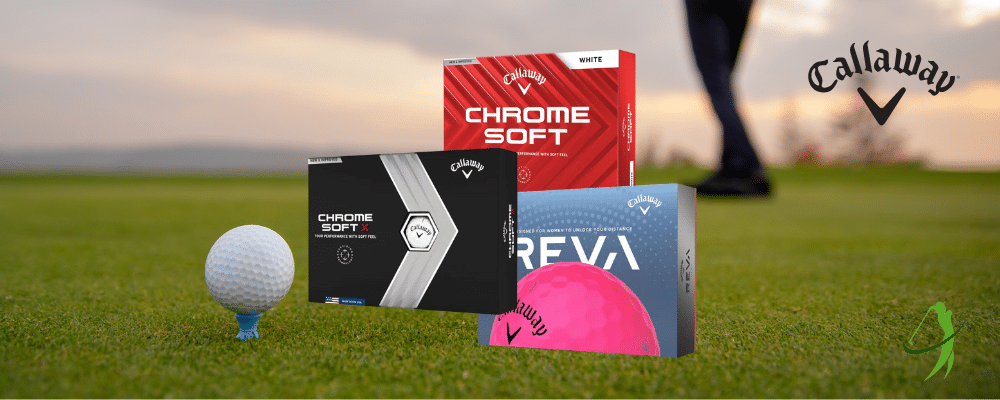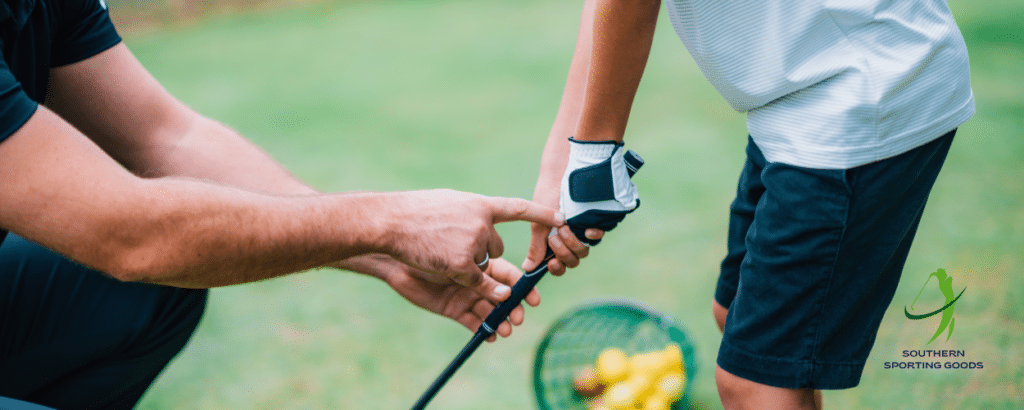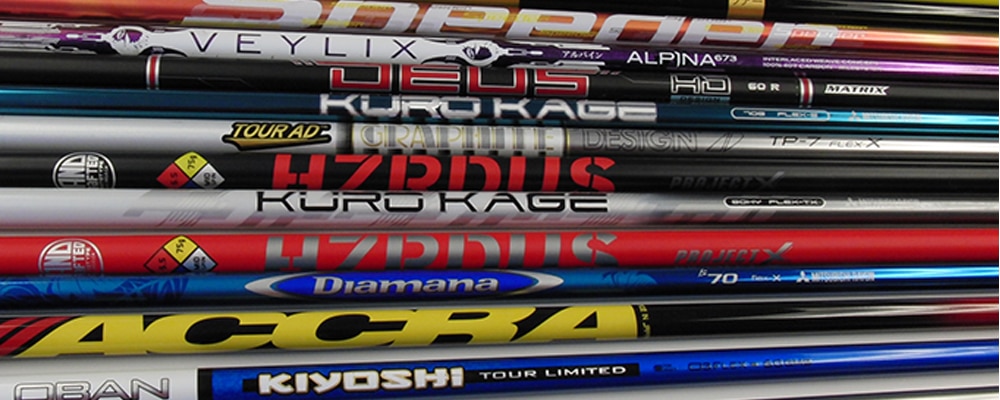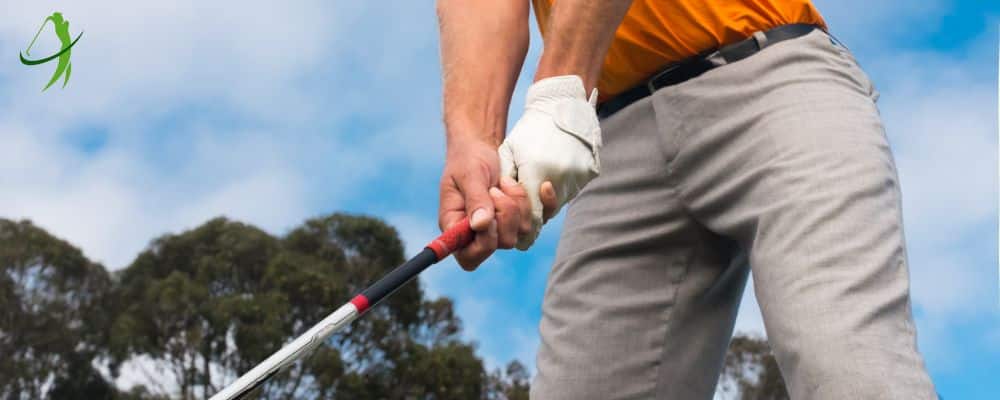When it comes to improving your golf game, the importance of the right golf grip is often overlooked. A quality grip is crucial for maintaining control, comfort, and consistency throughout your swing. Whether you’re a beginner or a seasoned pro, selecting the right golf grip can make a significant difference in your performance. In this blog post, we’ll explore the different types of golf grips, why they matter, and how to choose the best one for your game.
BUY NOW
Why Golf Grips Are Important
The grip is the only part of the golf club that you come into direct contact with, making it a critical component of your equipment. A good golf grip allows you to hold the club securely without slipping, provides comfort during play, and helps you achieve the proper hand placement for better control over your shots. Here are the top reasons why golf grips matter:
- Improved Control
The right grip helps you maintain control over your club throughout your swing. A worn-out or incorrect grip can cause the club to twist in your hands, leading to inconsistent shots and a lack of accuracy. - Increased Comfort
Golf grips come in various sizes and materials designed to fit different hand sizes and preferences. A comfortable grip helps prevent hand fatigue during long rounds and reduces the risk of blisters. - Better Performance in All Conditions
Whether you’re playing in the rain, cold, or intense heat, the right grip ensures you maintain a solid connection with the club. Some grips are designed specifically to perform well in wet conditions, offering superior traction when the weather isn’t ideal. - Proper Hand Placement
A well-designed grip can guide your hands into the correct position, promoting a consistent swing and helping you avoid bad habits, such as gripping the club too tightly or incorrectly.
Types of Golf Grips
There are several types of golf grips available, each with its own unique features and benefits. Here’s a breakdown of the most common grip types and what they offer:
- Rubber Grips
Rubber grips are the most commonly used type of golf grip. They are durable, affordable, and offer excellent traction. Rubber grips come in a variety of textures, from smooth to highly textured, allowing golfers to choose the feel that best suits their preferences.Ideal for:- Golfers seeking affordable, durable options
- Players who prefer a firm, tacky feel
- Corded Grips
Corded grips feature a woven material embedded in the rubber, providing extra texture and grip. These grips are particularly popular among golfers who play in wet or humid conditions, as they offer superior moisture control and prevent slipping.Ideal for:- Golfers who play in wet or humid conditions
- Players seeking extra traction
- Wrap Grips
Wrap grips have a spiral design that mimics the feel of traditional leather grips but are usually made from synthetic materials. These grips offer a softer feel and are often preferred by golfers looking for a cushioned, tacky grip.Ideal for:- Golfers who want a soft, cushioned feel
- Players who prefer a tacky grip
- Putter Grips
Putter grips are different from standard grips because they are designed specifically for putting. They come in various shapes, including pistol, flat, and oversized grips, and are designed to help golfers maintain a lighter grip pressure for better control on the greens.Ideal for:- Golfers looking to improve putting accuracy
- Players who need better control over their putts
- Arthritic Grips
Arthritic grips are larger in diameter and feature a textured surface that reduces the need to grip the club tightly. These grips are ideal for golfers who suffer from arthritis or hand pain, as they offer more comfort and control without excessive pressure on the hands.Ideal for:- Golfers with arthritis or hand pain
- Players looking for larger, more comfortable grips
How to Choose the Right Golf Grip
Selecting the right golf grip involves several factors, including your hand size, playing conditions, and personal preferences. Here’s how to choose the best grip for your game:
- Grip Size
One of the most important factors to consider is the size of the grip. Grips come in several sizes, including undersize, standard, midsize, and oversize. Using a grip that fits your hand properly is essential for maintaining control and comfort.- Undersize grips are ideal for golfers with smaller hands.
- Standard grips fit most players and are the most common size.
- Midsize and oversize grips are designed for players with larger hands or those who prefer a thicker grip for extra comfort and control.
- Material and Texture
Golf grips come in various materials, each offering a different feel and performance. Rubber, corded, and synthetic materials are the most common. If you prefer a firm, tacky feel, rubber or corded grips may be the best option. For golfers who want a soft, cushioned feel, wrap-style grips are a great choice.The texture of the grip also affects performance. A smooth texture offers a more comfortable feel, while highly textured grips provide extra traction, making them ideal for wet or sweaty conditions. - Weather Conditions
If you often play in rainy or humid weather, look for grips that are designed for moisture control. Corded grips or grips with a rough texture provide better traction and prevent slipping in wet conditions. For hot and dry climates, grips with a softer texture may provide more comfort over long rounds. - Grip Durability
Golf grips naturally wear out over time, especially with frequent use. To ensure long-lasting performance, opt for grips made from durable materials that can withstand wear and tear. Rubber grips tend to last the longest, while softer grips may need to be replaced more frequently. - Grip Pressure
If you tend to grip the club too tightly, consider switching to a larger grip. Larger grips can help reduce grip pressure, making it easier to swing freely and generate more power. Golfers with arthritis or hand pain may also benefit from oversized grips that provide extra comfort without needing to squeeze the club tightly.
When to Replace Your Golf Grips
Even the best golf grips wear out over time and need to be replaced to maintain optimal performance. Here are some signs that it’s time to replace your golf grips:
- Worn-out texture: If your grips feel smooth or slippery, it’s time for a new set.
- Visible cracking: Cracks in the grip material can reduce performance and comfort.
- Hardening of the grip: If your grips feel harder than when you first bought them, they’ve lost their original tackiness and need to be replaced.
- Frequent slipping: If your hands slip on the grip during your swing, it’s time for a replacement.
Conclusion
The right golf grip is essential for improving control, comfort, and performance on the course. With so many options available, it’s important to consider factors like grip size, material, texture, and playing conditions when choosing the best grip for your game. Whether you’re looking for extra traction in wet weather, a soft feel for more comfort, or a larger grip to reduce pressure, there’s a golf grip that’s perfectly suited to your needs.
Visit Stafford Golf Store today to explore our wide range of golf grips and find the perfect option to elevate your game! With the right grip, you’ll have the confidence to swing freely and play your best round yet.

